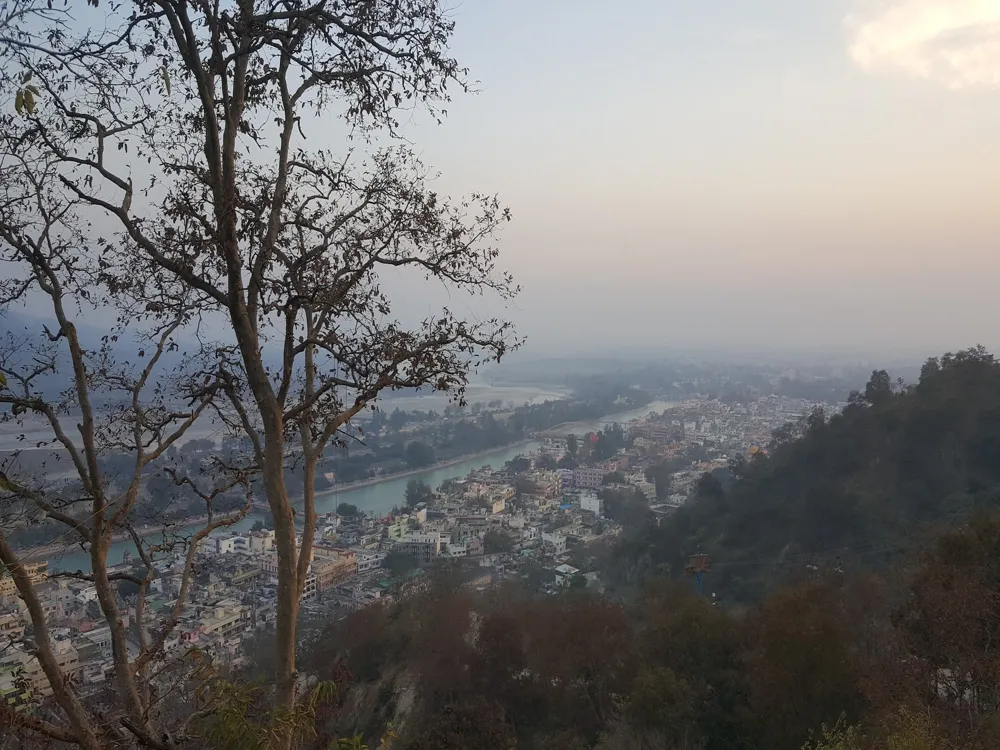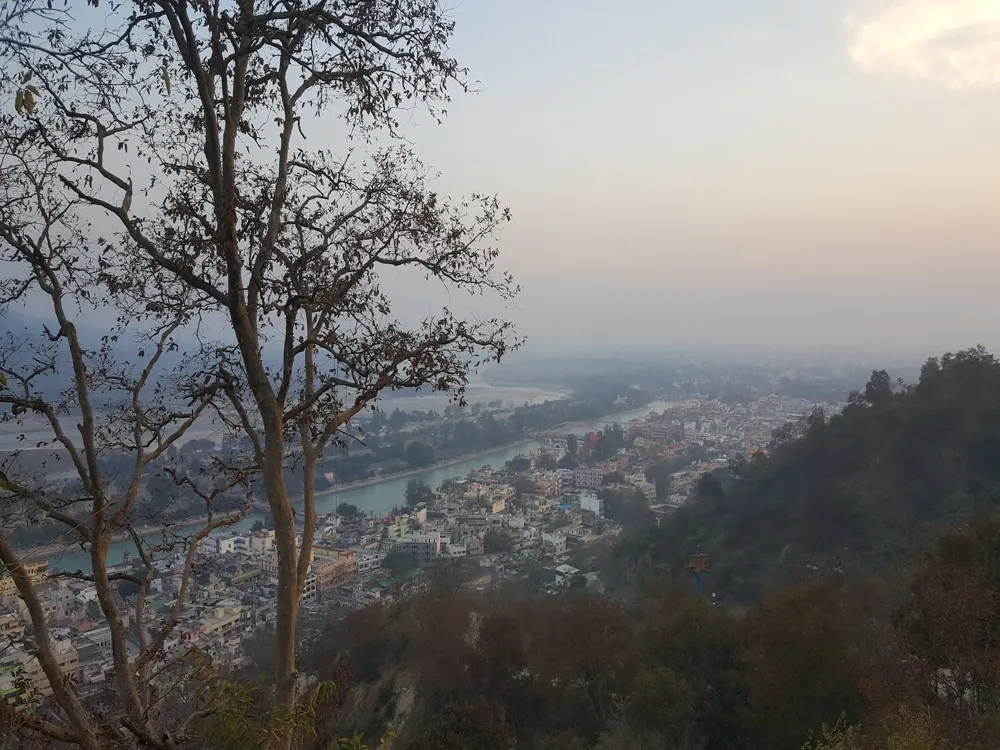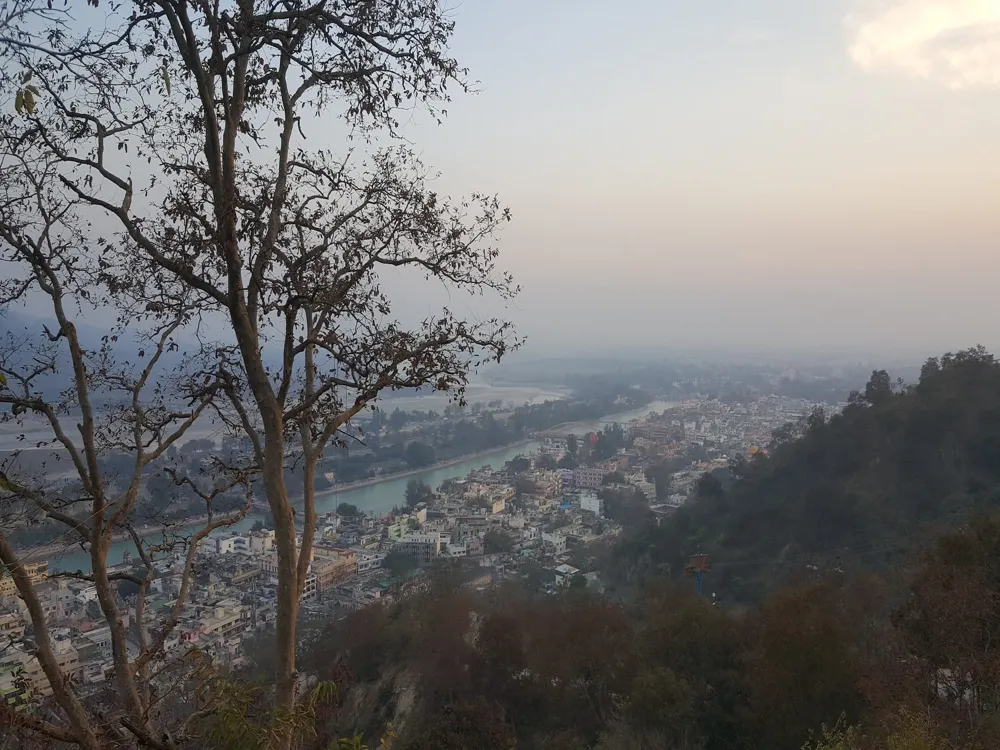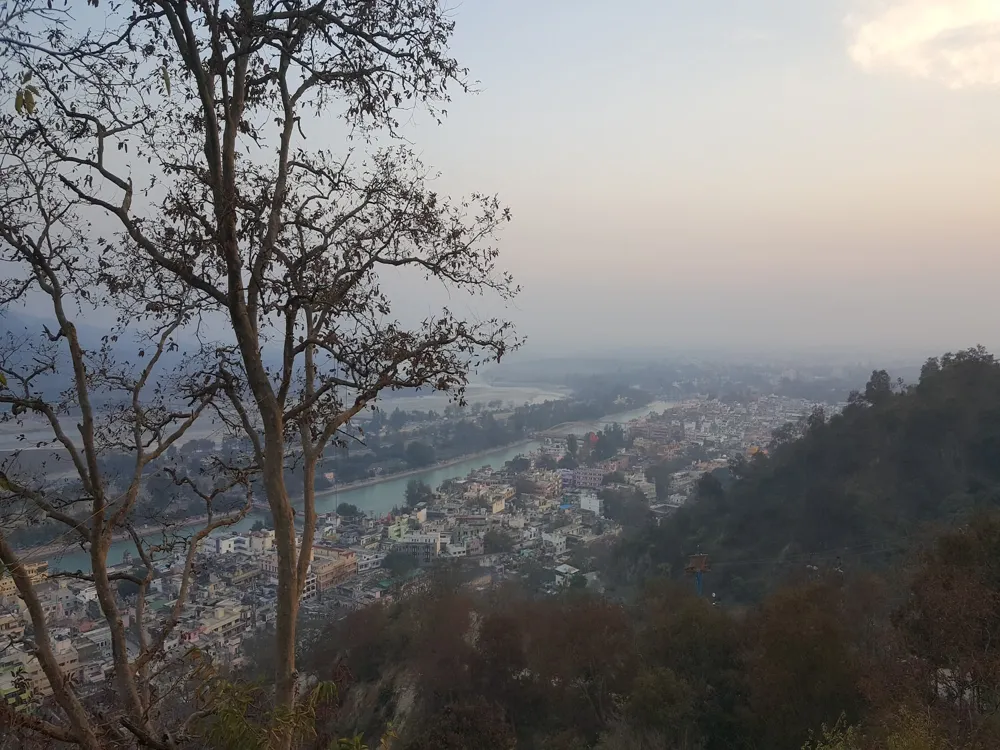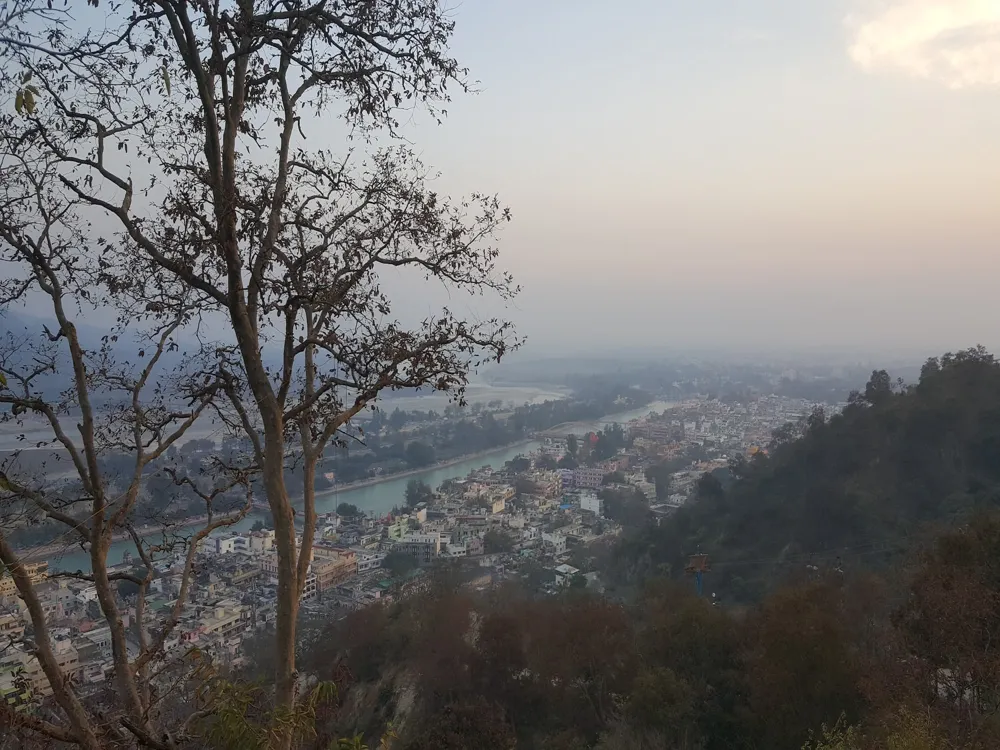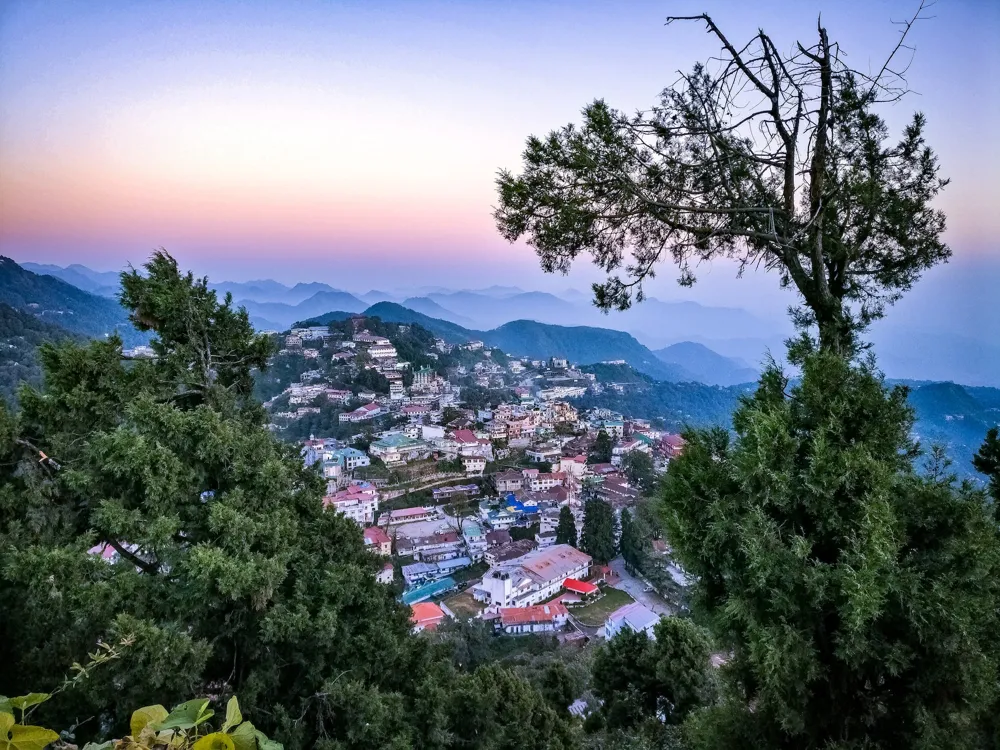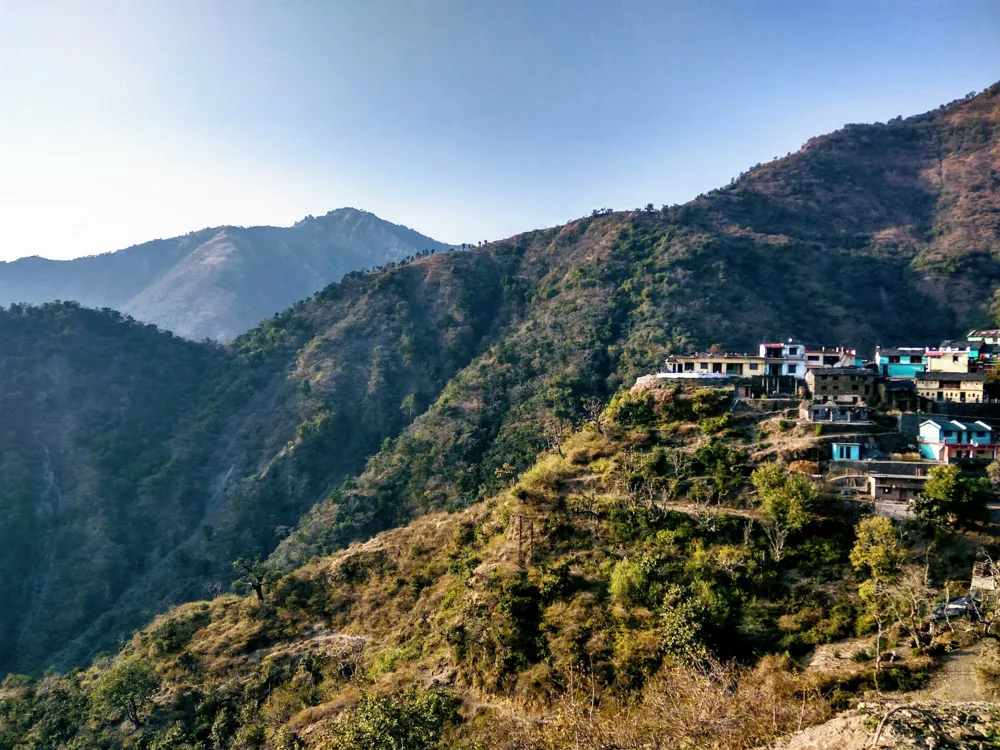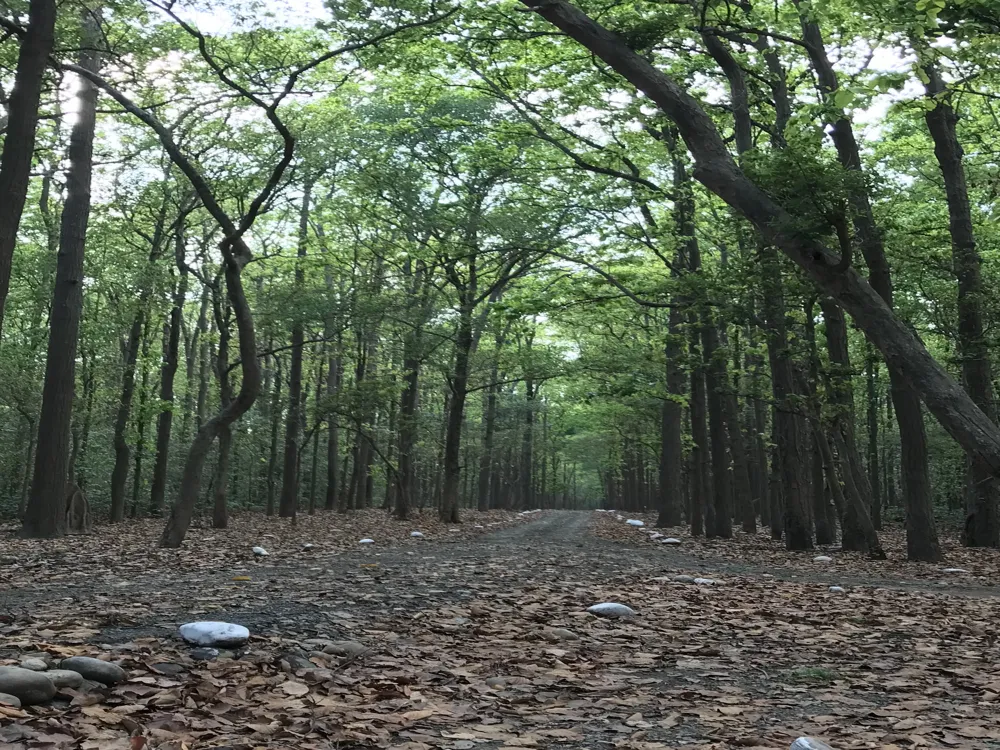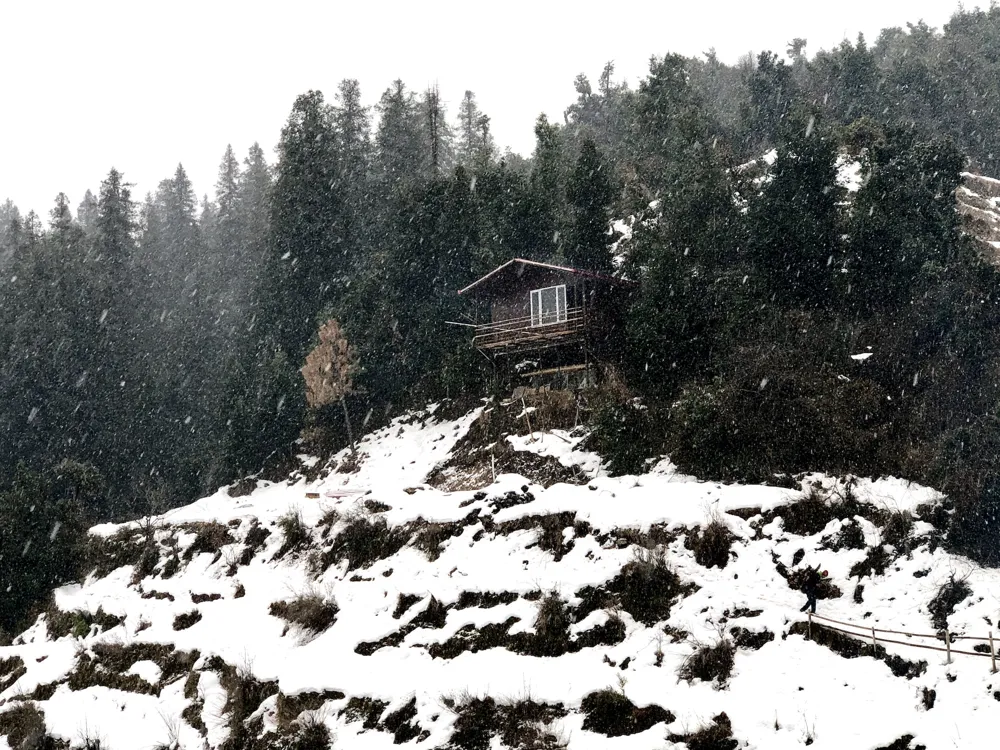Haridwar, a city in Uttarakhand, India, is a blend of spirituality, history, and culture that beckons travelers from around the globe. Nestled at the foothills of the Himalayas, where the River Ganges emerges from the mountains to enter the plains, Haridwar, literally meaning 'Gateway to God', is one of the seven holiest places for Hindus. This ancient city, rich in mythology and legend, draws millions every year who seek spiritual solace and redemption in its sacred waters. The Ganges, considered the most sacred river by Hindus, flows through Haridwar, making it a major pilgrimage site. Haridwar's ghats (river banks), teeming with devotees performing rituals and prayers, present a kaleidoscope of spiritual activities. The evening Ganga Aarti at Har Ki Pauri, the most famous ghat, is a mesmerizing experience where the river comes alive with flickering lamps and devotional songs. Beyond its religious significance, Haridwar is a testament to the ancient Indian civilization. The city's streets, bustling with markets and temples, offer a glimpse into the life of a holy city. Here, the traditional meets the modern, as ancient practices coexist with contemporary lifestyles. Haridwar is not only a spiritual destination but also a center for learning. It is home to several educational institutions and has been a hub for the study of Ayurveda, the traditional Indian system of medicine, and yoga. The city's natural setting also makes it a starting point for journeys into the Himalayas, with several trekking and adventure options available for the more intrepid traveler. As you walk along the ghats, visit the temples, and immerse yourself in the city's atmosphere, you will find Haridwar to be a city that offers peace and energy, tradition and modernity, all at once. A visit here is not just a journey to a place, but a journey into the depths of one's own spirituality and inner peace. The architectural landscape of Haridwar is a fascinating amalgamation of ancient and contemporary styles, reflecting the city's long and varied history. The city's architecture is not just about the physical structures but also embodies the spiritual ethos and cultural richness of the region. Temples in Haridwar, often centuries old, are the epitome of ancient Indian architectural brilliance. The intricate carvings, imposing statues, and grand spires of these temples reflect a unique blend of various architectural styles, including North Indian Nagara style and elements from local hill architecture. The temples serve as more than just places of worship; they are custodians of history and culture, each telling a story of the city's past. Apart from temples, Haridwar's ghats are a marvel of traditional engineering and communal spaces. Ghats like Har Ki Pauri are not only spiritually significant but also showcase a blend of functionality and aesthetics. These stone steps leading down to the river are designed to handle the massive influx of pilgrims during festivals and also to withstand the seasonal fluctuations of the Ganges. Modern architecture in Haridwar, while less prominent, is represented in its educational institutions, hotels, and bridges. These structures, though modern in design, often incorporate elements of traditional Indian architecture, creating a harmonious blend that mirrors the city's character. In essence, Haridwar's architecture is a silent narrator of its spiritual journey through the ages. It stands as a testament to the city's ability to preserve its heritage while evolving with time. A visit to Haridwar offers an architectural journey that spans centuries, showcasing the artistry and ingenuity of Indian architecture. The ideal time to visit Haridwar is from October to April when the weather is pleasant. Avoid visiting during the monsoon season (July to September) as the river level rises and the currents become strong. Haridwar is a religious site, so it's important to dress modestly and behave respectfully. Removing shoes before entering temples and not consuming alcohol or non-vegetarian food near religious places is recommended. While Haridwar is generally safe, it's advisable to keep an eye on personal belongings in crowded areas. Be cautious of monkeys in temple areas as they can be aggressive. Visit the ghats early in the morning or during the evening Aarti for a spiritual experience. Most temples close in the afternoon, so plan your visits accordingly. Auto-rickshaws and cycle-rickshaws are convenient for short distances. For longer journeys, consider hiring a taxi or using local buses. Haridwar is well-connected and accessible from various parts of India. The nearest airport is the Jolly Grant Airport in Dehradun, about 35 kilometers away. Regular flights connect Dehradun with major cities in India. From the airport, taxis and buses are available to reach Haridwar. For those preferring to travel by train, Haridwar Railway Station is a major station with trains from several major cities in India. The station is centrally located, making it convenient to reach various parts of the city. If you're traveling by road, Haridwar is connected to major cities through the National Highway network. Regular bus services, including luxury and state buses, run between Haridwar and cities like Delhi, Dehradun, and others. For a more adventurous trip, you can also consider driving to Haridwar, enjoying the scenic beauty of the route.Overview of Haridwar, Uttarakhand
Architecture of Haridwar
Tips When Visiting Haridwar
Best Time to Visit
Respecting Local Customs
Staying Safe
Exploring the Ghats and Temples
Local Transport
How To Reach Haridwar
Birla Ghat
Haridwar
Uttarakhand
NaN onwards
View haridwar Packages
Haridwar Travel Packages
View All Packages For Haridwar
Top Hotel Collections for Haridwar

Private Pool

Luxury Hotels

5-Star Hotels

Pet Friendly
Top Hotels Near Haridwar
Other Top Ranking Places In Haridwar
View All Places To Visit In haridwar
View haridwar Packages
Haridwar Travel Packages
View All Packages For Haridwar
Top Hotel Collections for Haridwar

Private Pool

Luxury Hotels

5-Star Hotels

Pet Friendly







